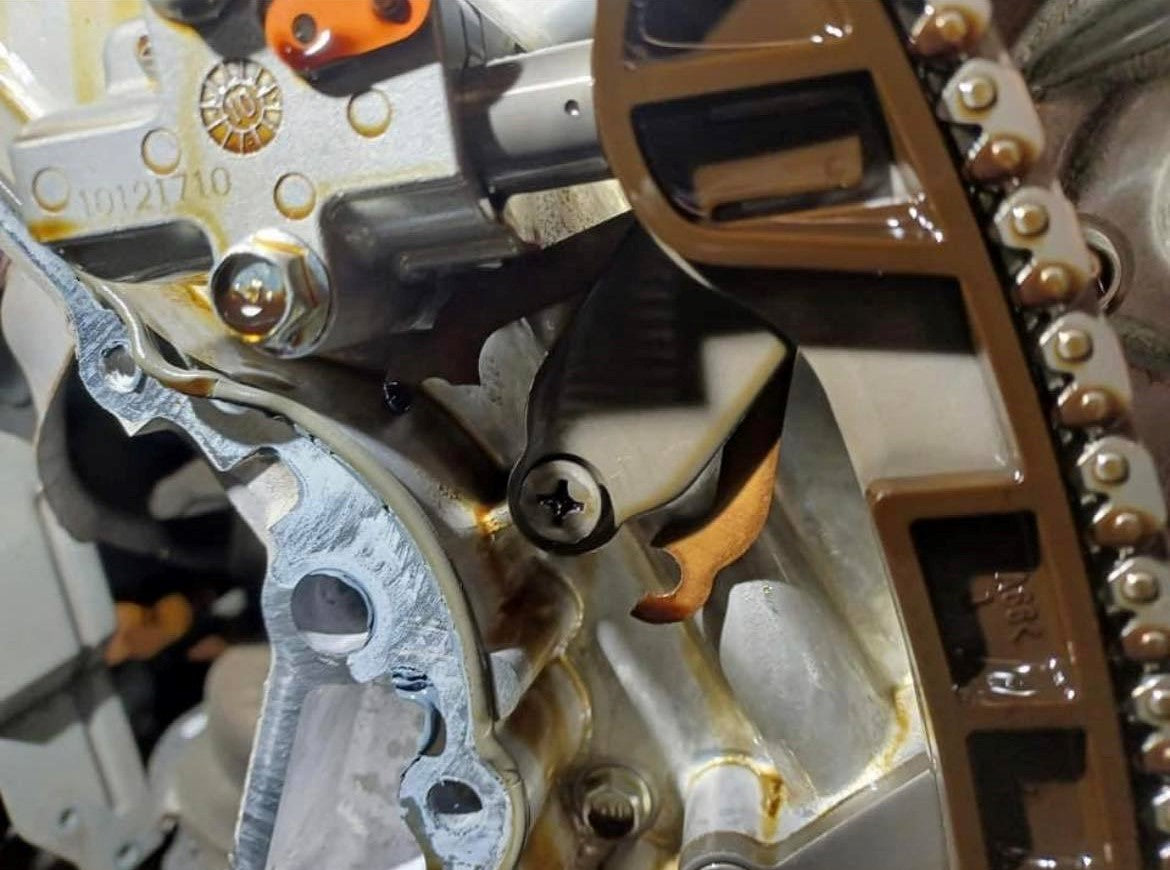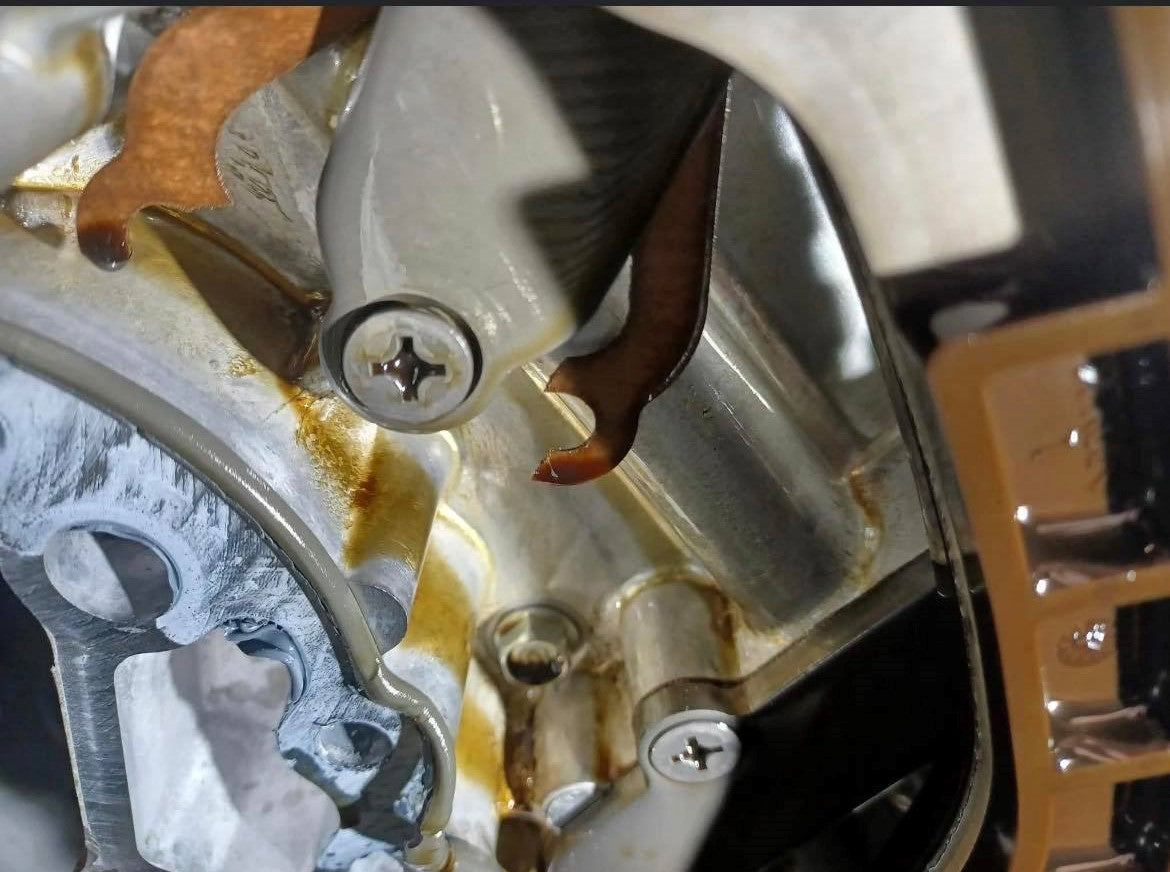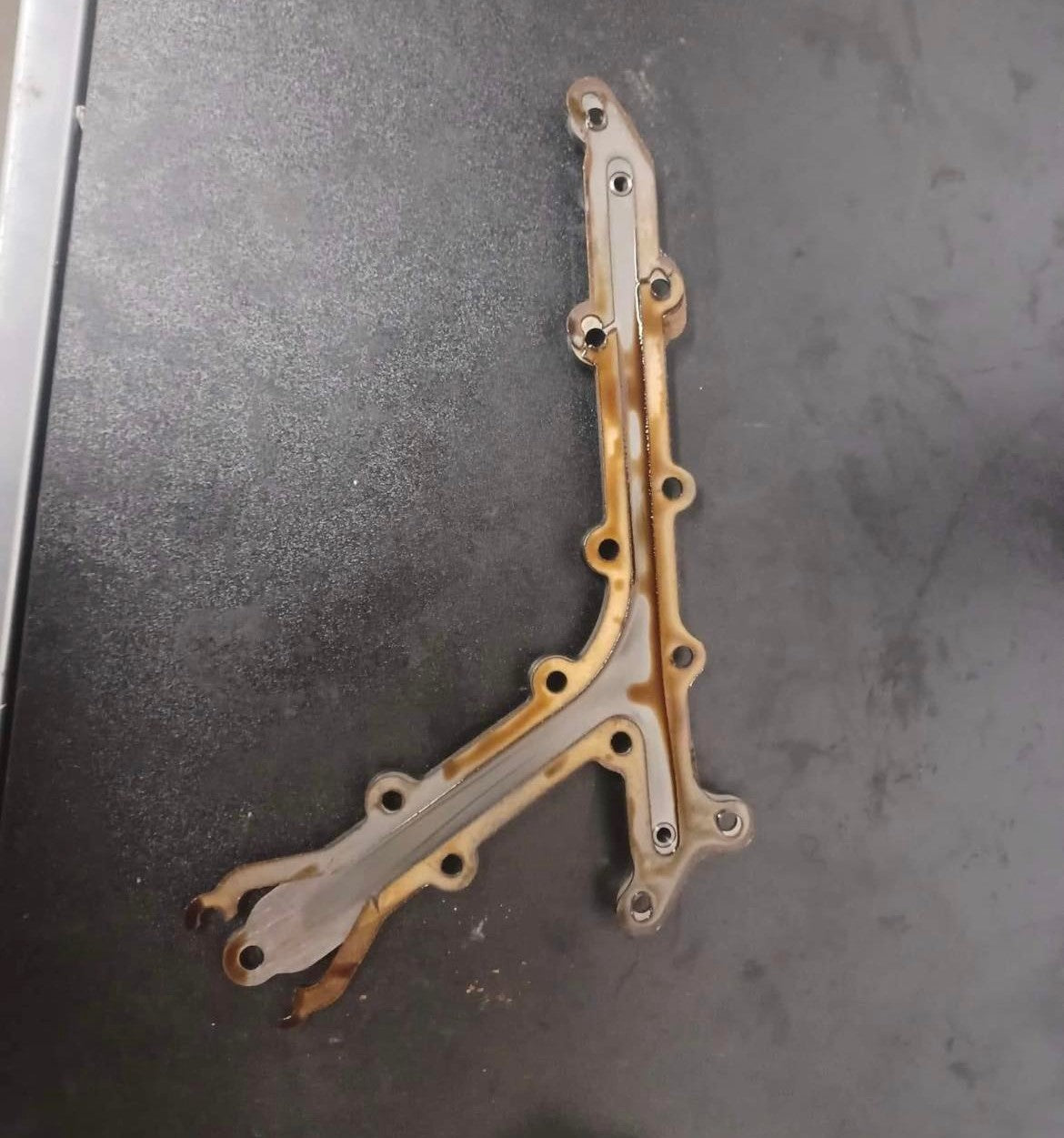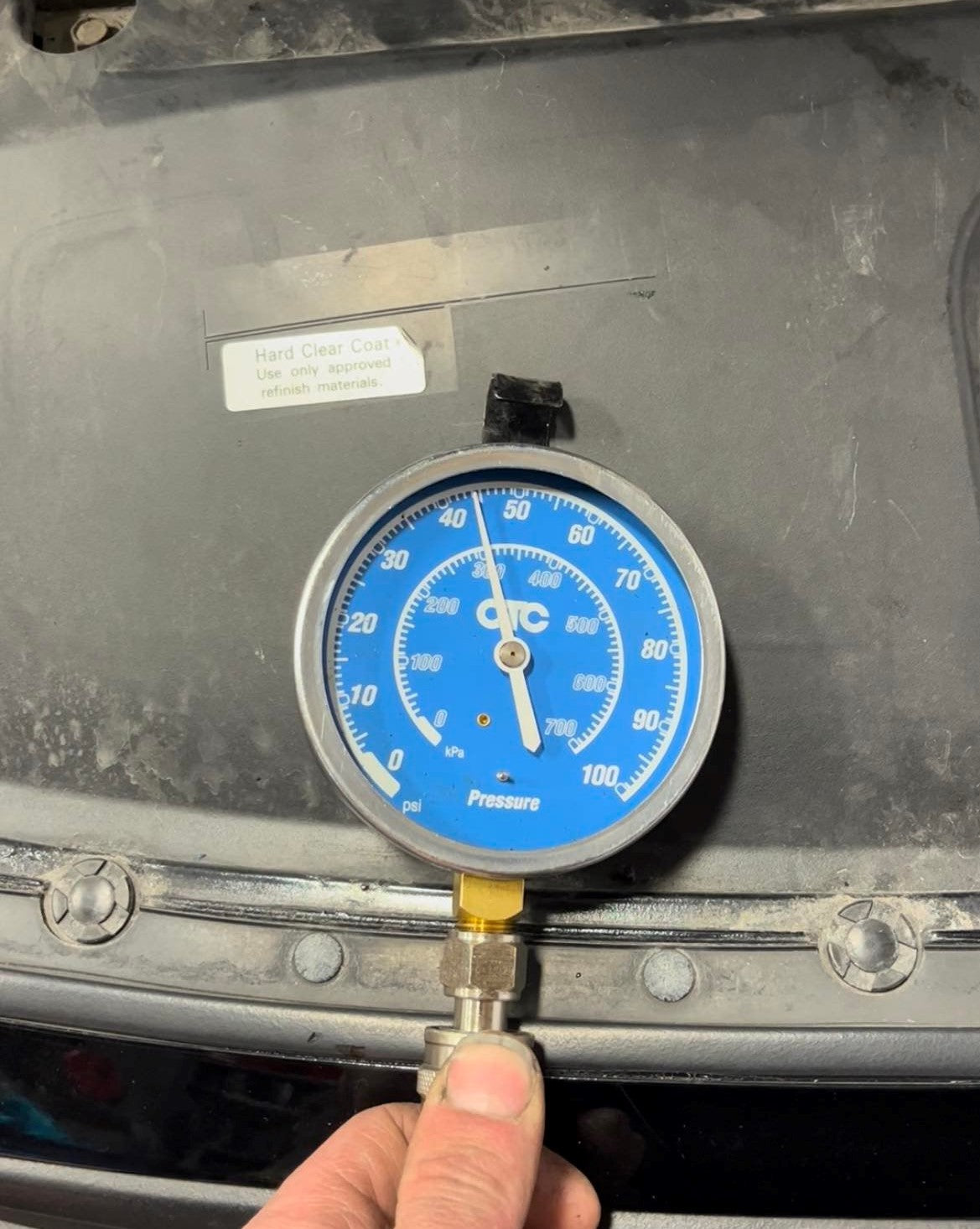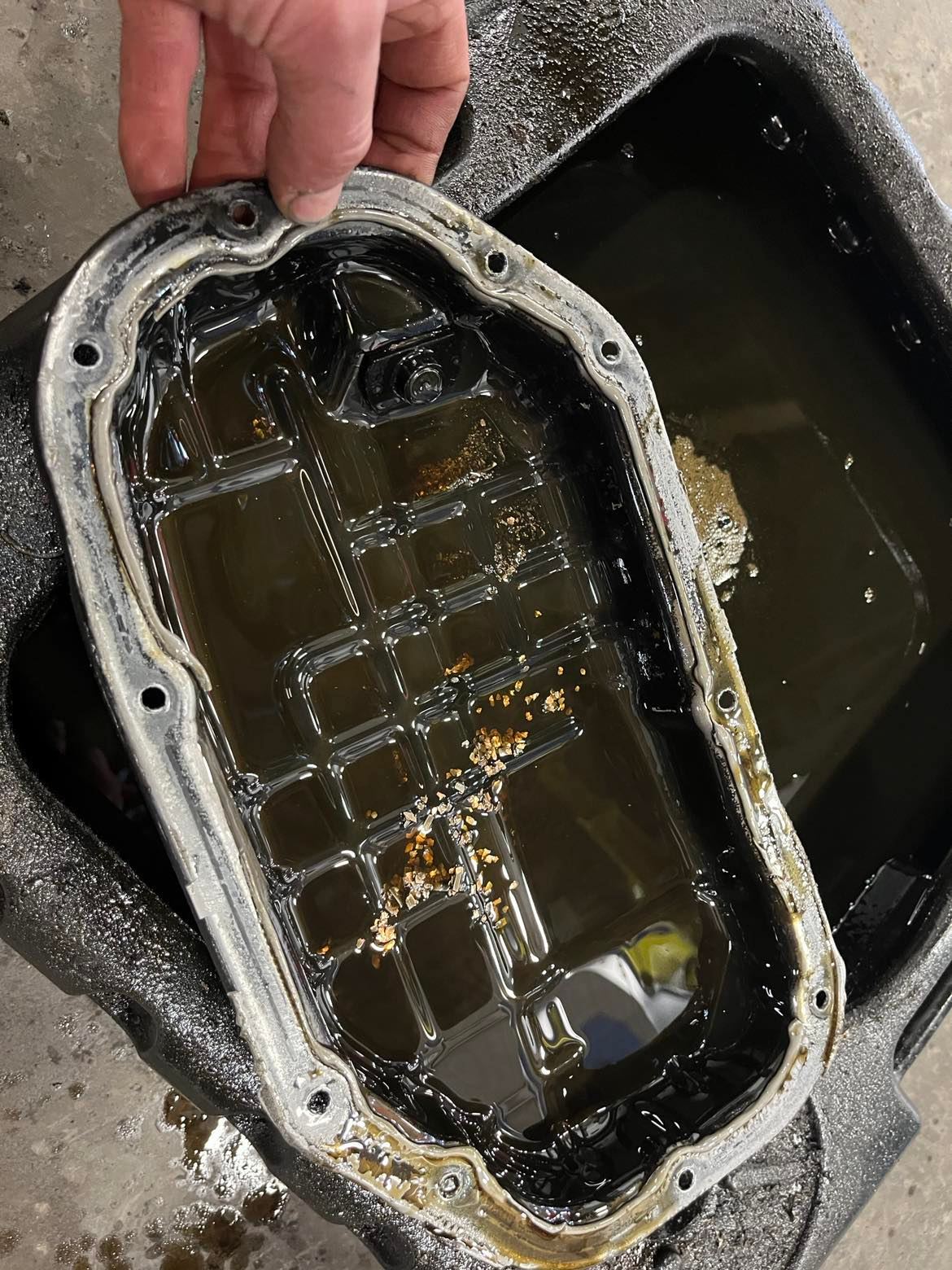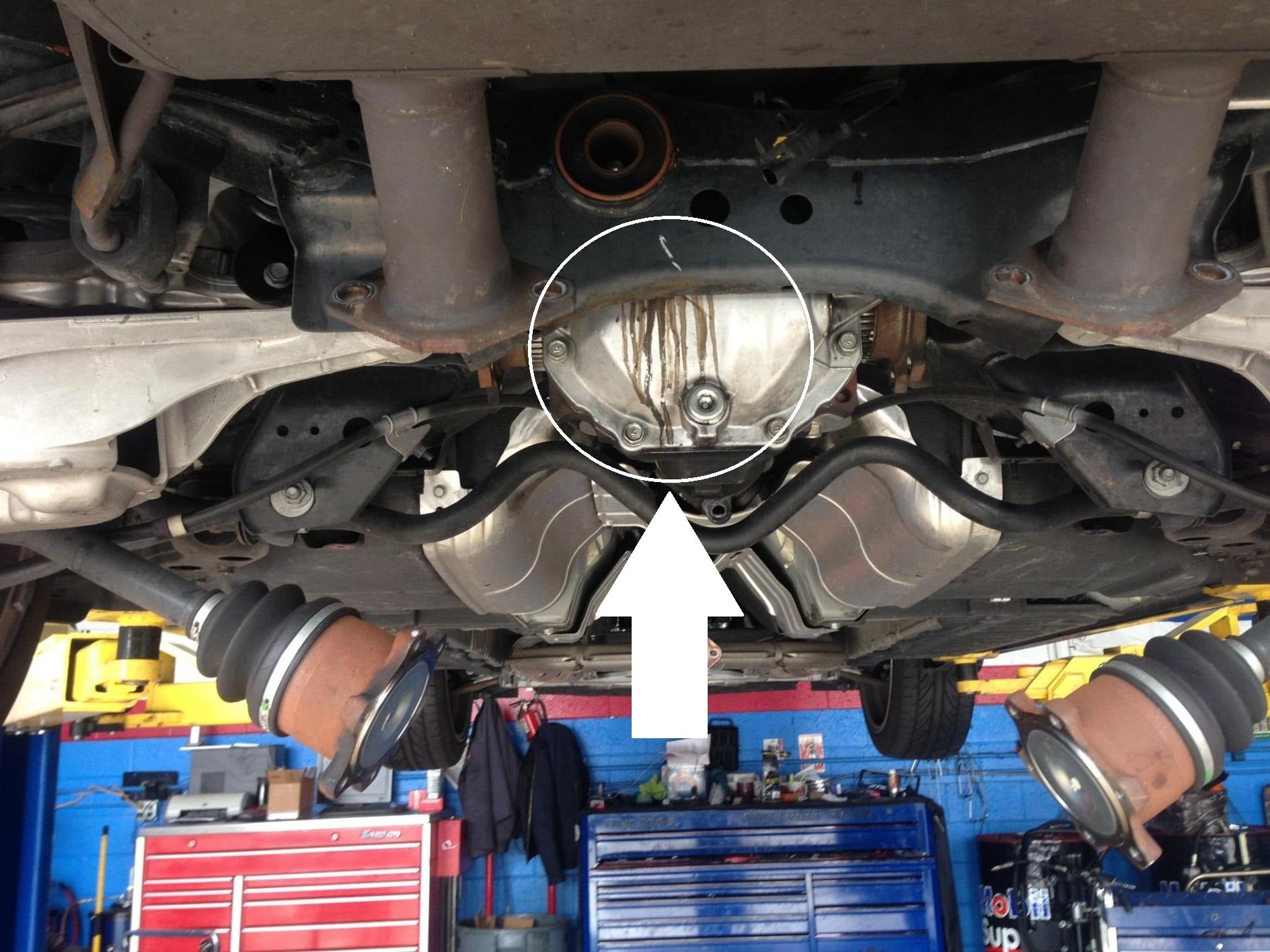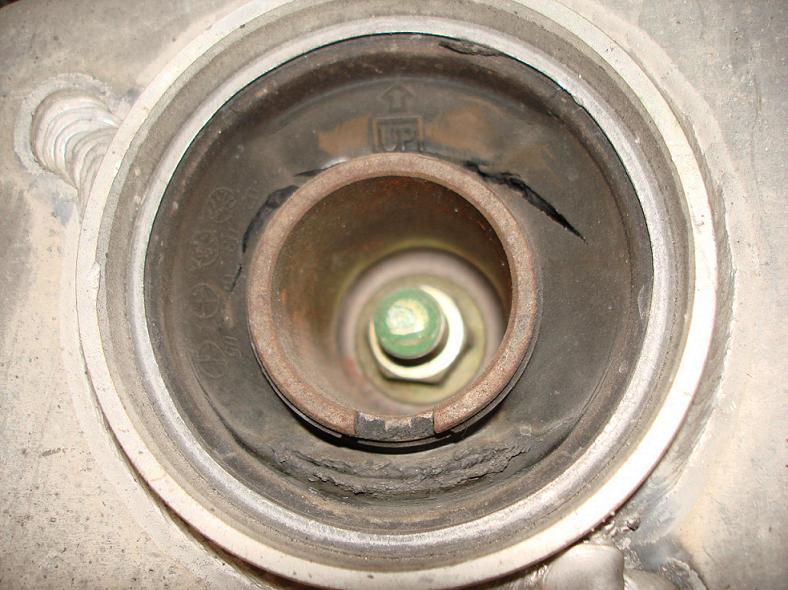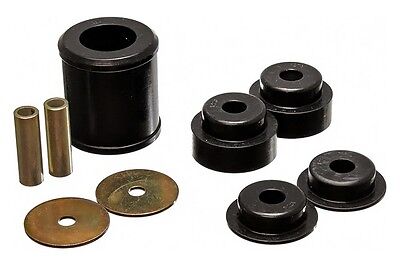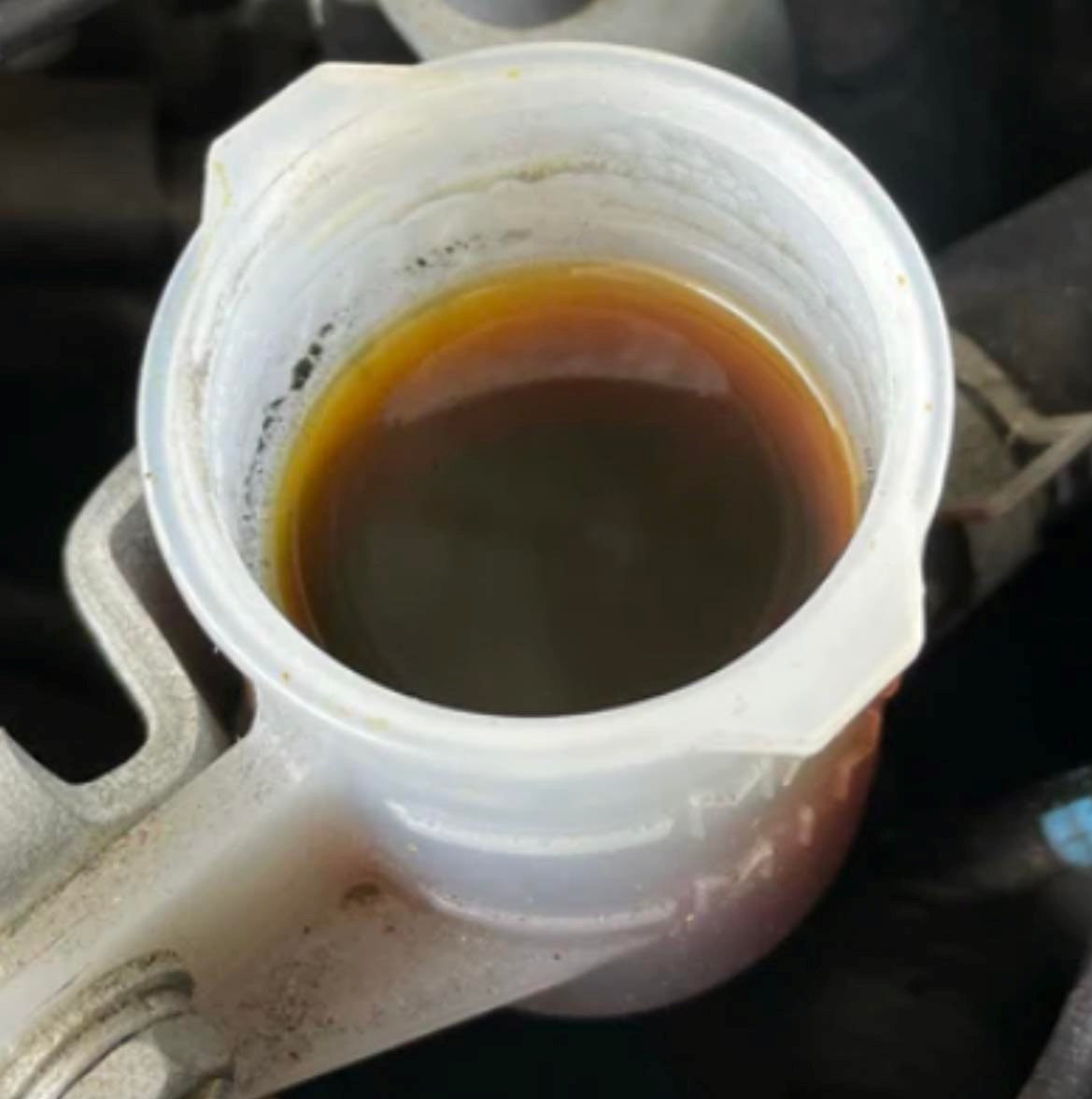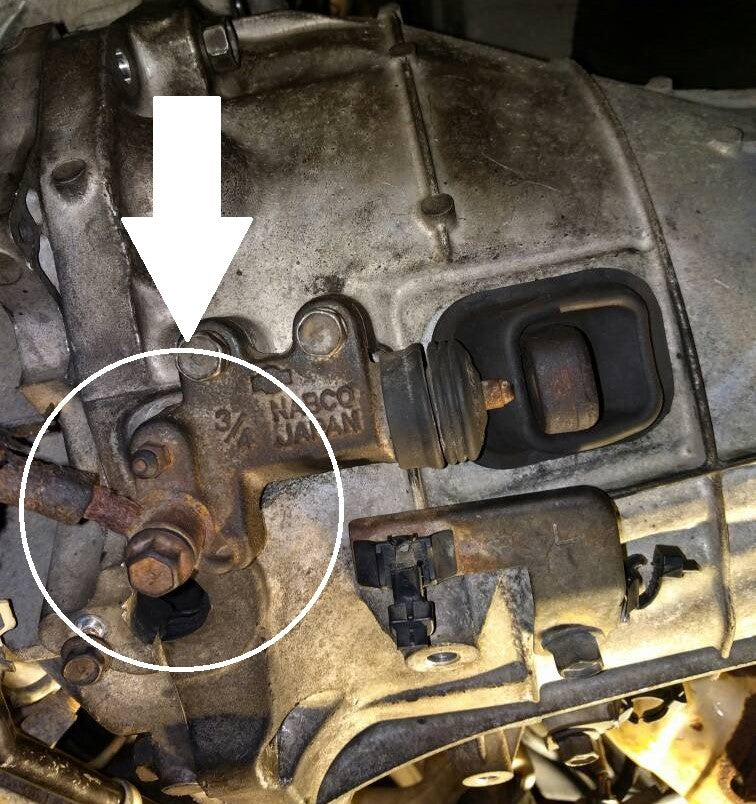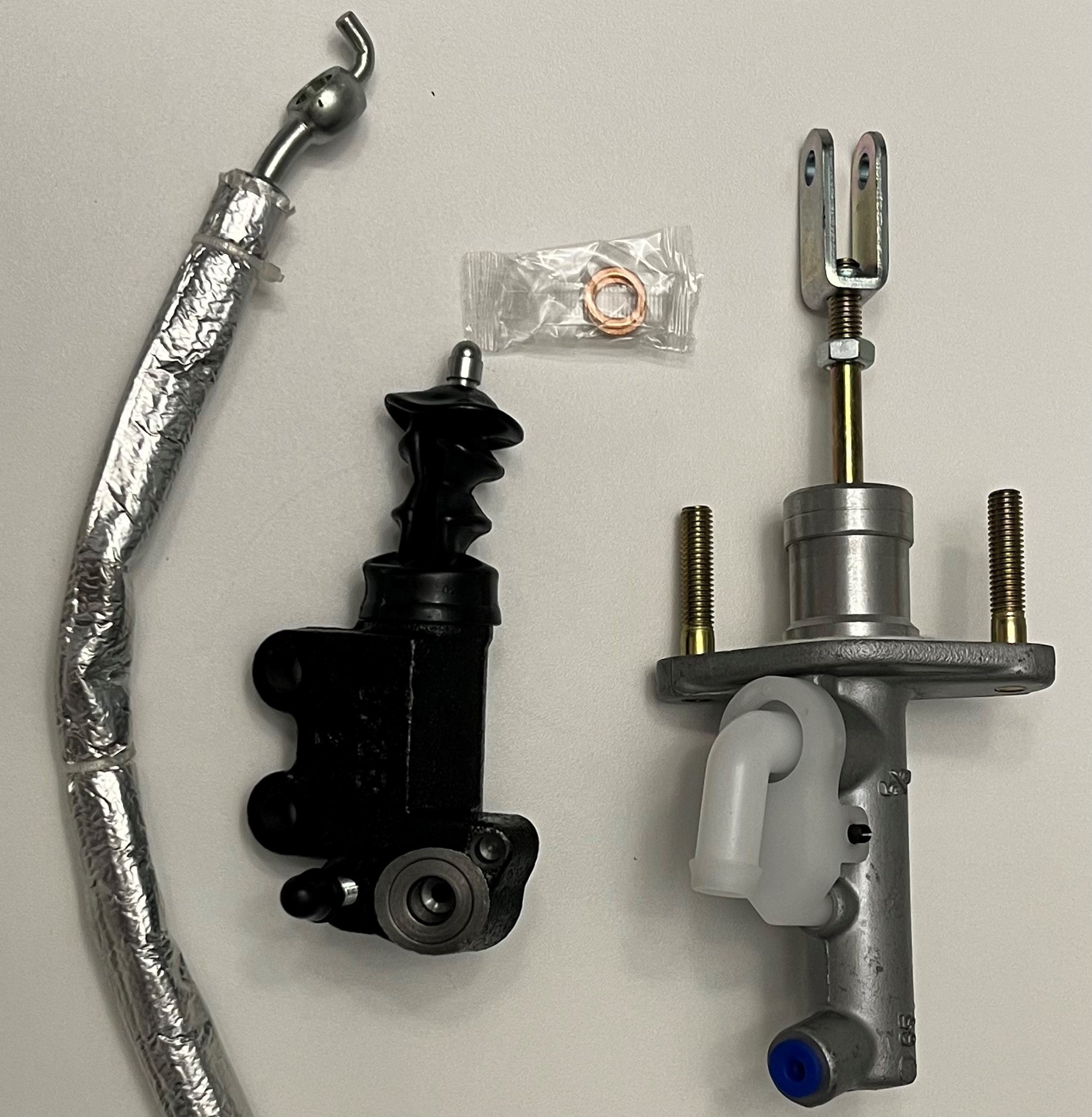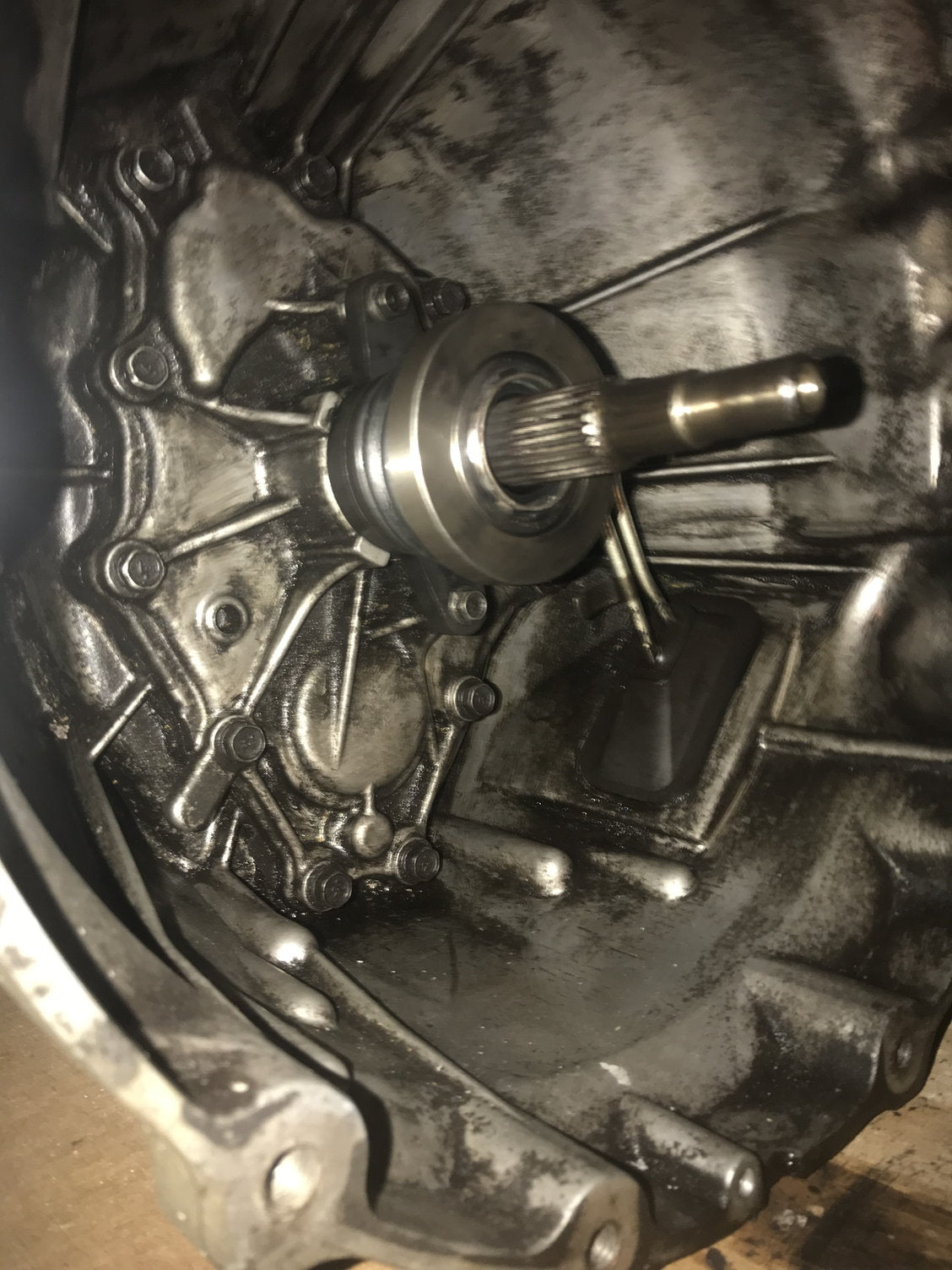The vast majority of our customers are true enthusiasts, people for whom their car sometimes represents much more than a simple means of transport. The best way to express your gratitude towards your car and preserve it at the same time will always be good maintenance!
But still! Beyond the maintenance our little Japanese cars have some recurring problems. In our opinion, these weaknesses should be the priority for every owner who cares about the health of their cars and should be fixed before making any other improvement!


